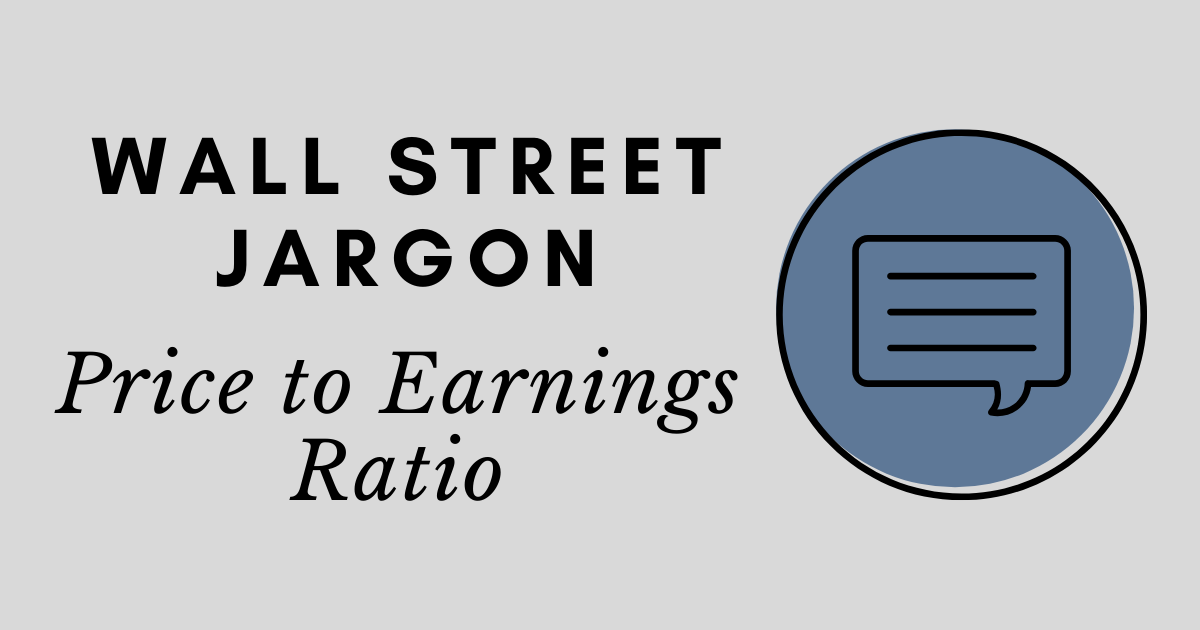The price to earnings ratio, or P/E ratio, may be the most common of the valuation ratios. These purport to measure how expensive a stock is. It’s a comparison of the price to some measure of earnings per share—usually the last 12 months’ earnings. So, a stock selling for $10 and with trailing 12 months earnings per share of $1 would have a price to earnings ratio of 10:1. Typically one would say its P E is ten; it’s not necessary to say ratio. Another way to look at the P/E is to say it’s the price of $1 of earnings.
On its own, a P/E doesn’t really convey much without something to compare to, like the P/E of other stocks or the stock market. If we have two identical companies—extremely unlikely—and one has a higher P/E, we would say that stock is more expensive, but make the companies at all different—one growing faster than the other, for example—and the conversation changes.
If one of the companies is growing more quickly, one would expect investors to pay more for a dollar of earnings, because next year the earnings of the more rapidly growing company will have grown more. Because of this, different measures of the price to earnings ratio have been created, such as using next year’s estimated earnings instead of the last 12 months.

